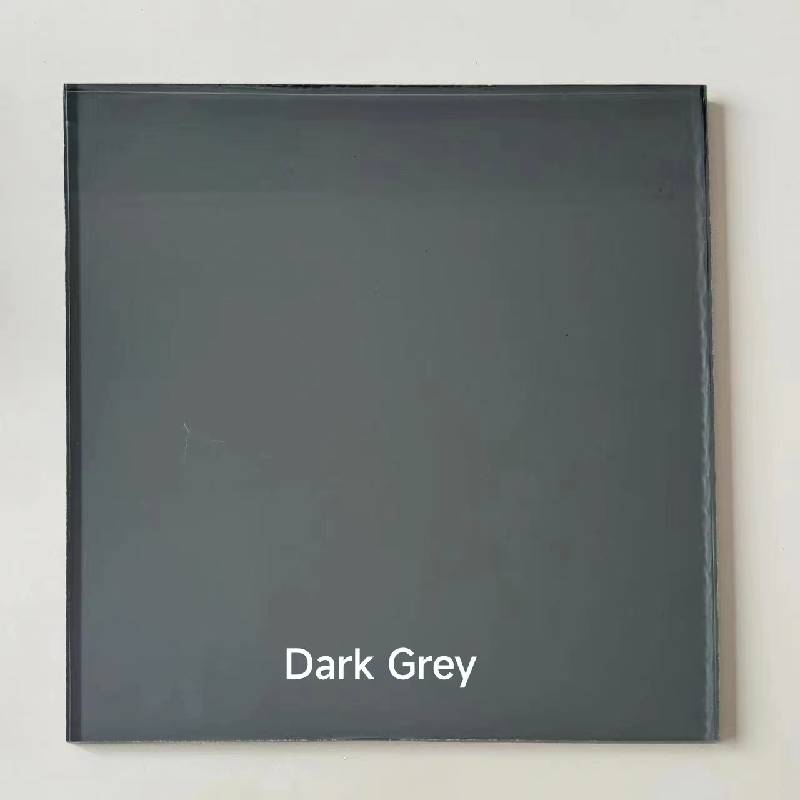

Exploring One-Way Reflective Glass A Modern Marvel
In today's rapidly evolving world, one-way reflective glass has emerged as a significant innovation, blending functionality with aesthetic appeal. This unique material has various applications, ranging from architecture and automotive design to security and privacy solutions, making it a crucial component in modern construction and design.
One-way reflective glass, often referred to as one-way mirror or two-way mirror, is a specialized type of glass that reflects light on one side while allowing visibility from the other. This phenomenon occurs due to a thin metallic coating applied to one side of the glass. The effectiveness of this type of glass depends on the lighting conditions on each side—the side with greater illumination will reflect the light, while the darker side remains transparent. This characteristic makes it a compelling choice for various applications, particularly in places where privacy and visibility are paramount.
Applications in Architecture and Design
In architecture, one-way reflective glass is increasingly being utilized in modern buildings to create visually striking facades. This glass is not only aesthetically pleasing, providing a sleek and contemporary look, but it also enhances energy efficiency by reflecting solar radiation, thus reducing the need for artificial cooling. Office buildings and residential complexes often employ this type of glass to maintain a seamless flow of natural light while ensuring privacy for occupants inside. For instance, high-rise buildings frequently use one-way reflective glass on their exterior to provide an unobstructed view of the surroundings while preventing passersby from peering in.
Enhancing Security and Privacy
Beyond its architectural benefits, one-way reflective glass serves a vital role in enhancing security and privacy in various environments. It is commonly used in surveillance applications, such as security offices, control rooms, and interrogation rooms. In these settings, the transparency from one side allows security personnel to observe activities without being seen, thus enabling a discreet monitoring process. Additionally, this glass is widely used in public transportation systems, such as buses and trains, providing privacy for passengers while still allowing natural light to filter through.

Automotive Industry Innovations
The automotive industry has also embraced one-way reflective glass, particularly in the development of advanced window technologies. Many modern vehicles feature one-way reflective glass to improve privacy for passengers while maintaining visibility for the driver. This design not only contributes to passenger comfort but also enhances the aesthetic appeal of the vehicle’s exterior. Furthermore, the reflective properties can help reduce glare from the sun, improving overall driving safety.
Challenges and Considerations
Despite its numerous advantages, one-way reflective glass does have its challenges. The effectiveness of the glass relies heavily on lighting conditions; during the night, when interior lighting is stronger than external light, the reflective properties can reverse. This may lead to situations where individuals inside are visible from the outside, raising security and privacy concerns. Additionally, the installation process requires careful consideration to ensure optimal performance, necessitating expertise in both design and installation.
Conclusion
In summary, one-way reflective glass represents a remarkable fusion of functionality and design in contemporary applications. Whether it is enhancing architectural aesthetics, providing security solutions, or improving automotive technology, its benefits are manifold. As technology continues to advance, we can expect further innovations in this area, making one-way reflective glass an essential material in the future landscape of design and architecture. As we look forward, embracing this technology will undoubtedly lead to more creative solutions for privacy and security in our daily lives, enhancing the spaces we occupy while maintaining the freedom of visibility.